Latest DePIN Product Launch News

7 days ago
CoralApp Launches AI-Driven Phone for Web3 Lifestyle
CoralApp, a project incubated by Binance Labs, is launching the Coral AI Phone, an AI-driven device designed to serve as a gateway to the Web3 lifestyle. The Coral Phone integrates with the Web3 ecosystem, supporting decentralized applications (dApps) and offering a suite of features for decentraliz
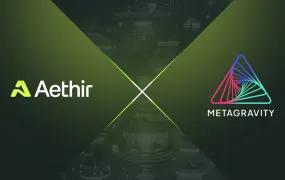
7 days ago
MetaGravity and Aethir Collaborate on Decentralized Gaming Infrastructure
MetaGravity and Aethir have joined forces to revolutionize the gaming industry with their partnership. MetaGravity's HyperScale Engine provides developers with a massive compute budget, allowing for the creation of expansive, scalable game worlds. Aethir's decentralized cloud infrastructure locates
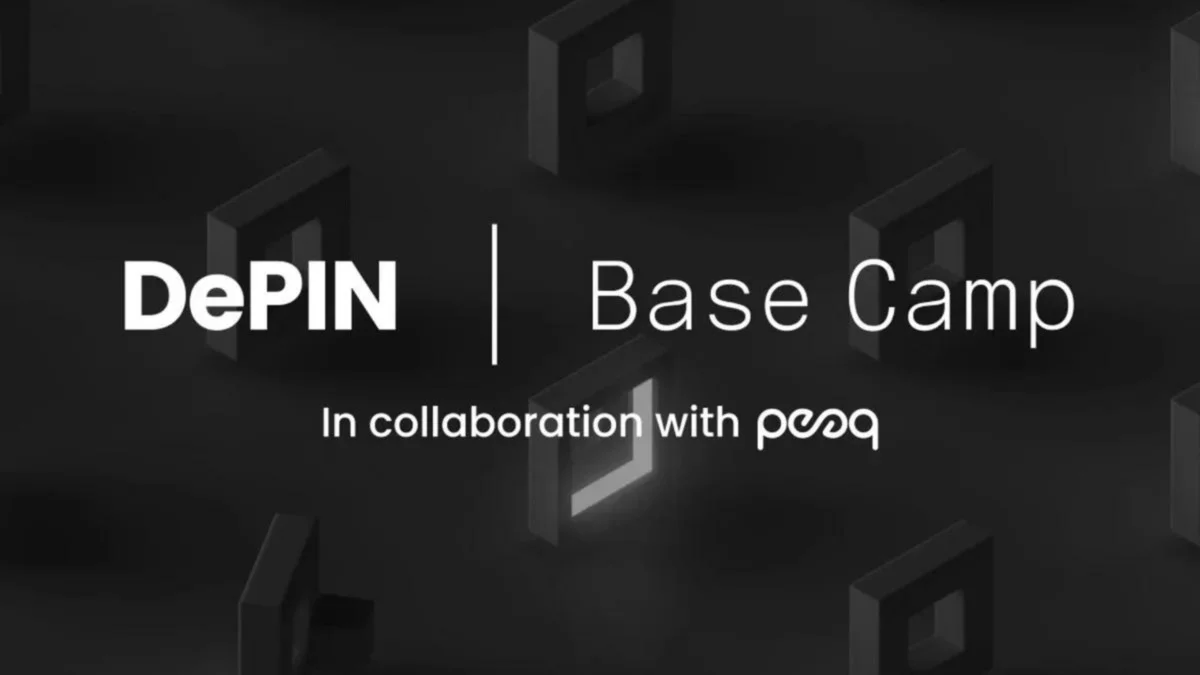
7 days ago
DePIN Base Camp Selects Six Startups for Web3 Accelerator Program
The DePIN Base Camp, a Web3 accelerator program, has chosen six startups to participate in its 12-week program. These startups are developing applications and products that leverage digital networks, decentralized infrastructures, and data services. The program, run by Outlier Ventures in partnershi
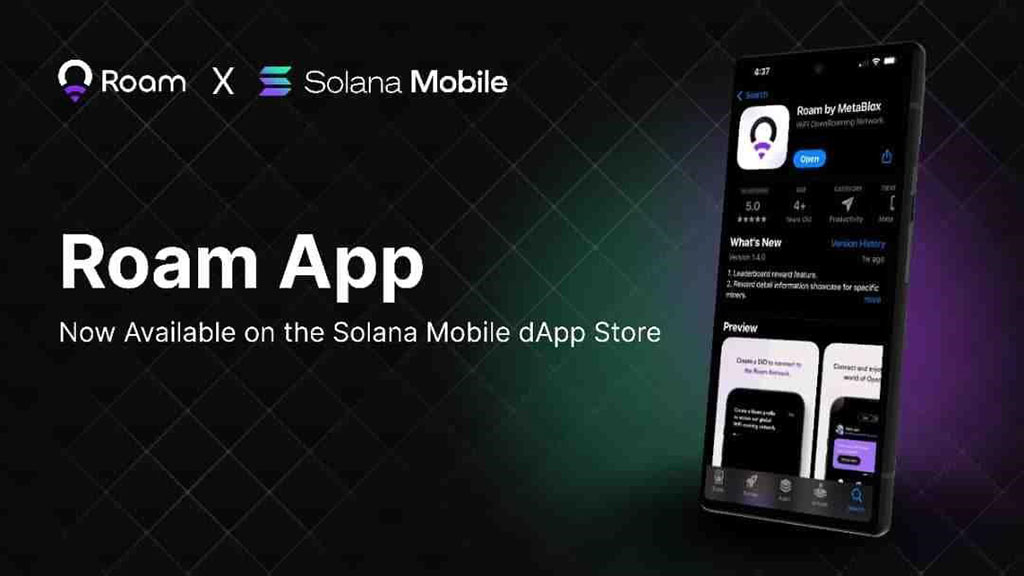
7 days ago
Roam Integrates with Solana Mobile's Saga Phone
Roam, a frontrunner in decentralized physical infrastructure, has made a significant stride by integrating its services into Solana Mobile's Saga phone, advancing its goal to establish a global WiFi roaming network. This integration is a first of its kind, offering secure WiFi through decentralized
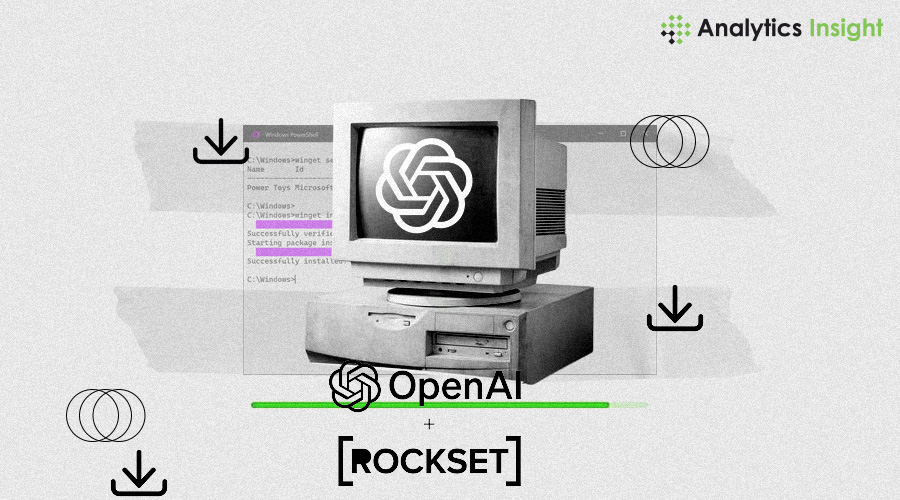
8 days ago
OpenAI Acquires Rockset; DRDO Hiring; Grass Integrates Solana
OpenAI's acquisition of Rockset, a real-time search and analytics database startup, aims to enhance its AI model, ChatGPT, with faster and more accurate analytics services. This integration will bolster the speed of AI model responses and support entities needing quick information retrieval from lar

9 days ago
Top DePIN Projects Revolutionizing Infrastructure in 2024
Decentralized Physical Infrastructure Networks (DePIN) are leading the charge in integrating blockchain tech with real-world infrastructure, enhancing transparency and efficiency. Top DePIN projects for 2024 include Script Network with its innovative Script TV, rewarding viewers with $SCPT tokens fo

11 days ago
Chia Releases Version 2.4.0 with Soft Fork and New Features
Chia has released version 2.4.0 of its reference client, which includes a soft fork and several new features to enhance performance and security. Key updates include the full implementation of the new wallet sync protocol introduced in version 2.3.0, enabling real-time updates for relevant transacti

11 days ago
High-Growth Crypto Investment Opportunities: PawFury, Dogecoin, Filecoin, and Floki Inu
Investors looking for high-growth opportunities in the crypto market should consider four coins: PawFury, Dogecoin (DOGE), Filecoin (FIL), and Floki Inu (FLOKI). PawFury has gained traction with its unique blend of humor and innovation, raising $3.37 million in its presale phase. With strong communi
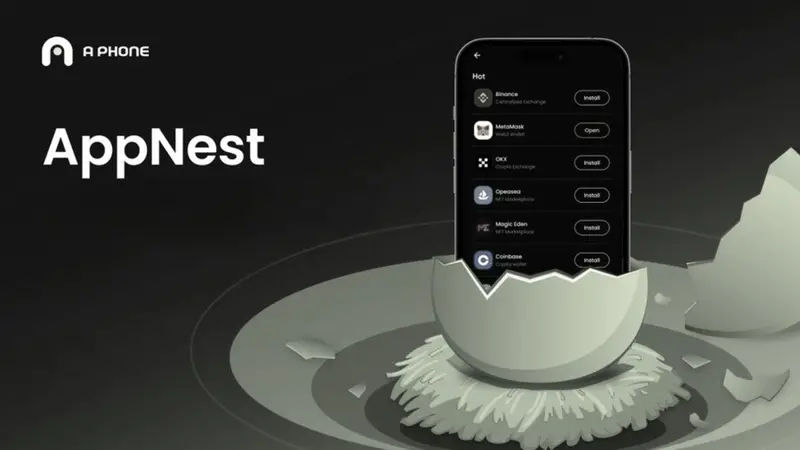
13 days ago
APhone Launches Decentralized App Store AppNest
APhone has unveiled its new decentralized app store, AppNest, which is set to revolutionize the mobile app market by offering a free and open platform for developers to host and manage their applications. Unlike traditional app stores like Google and Apple, which charge up to 30% in fees, AppNest al

13 days ago
The Future of DePIN 2024: A Paradigm of Decentralized Applications
DePIN's potential is vast, with a predicted growth of 20 to 120 times by 2028. Layer 1 and 2 blockchains are set to benefit from DePIN's ecosystem growth, with middleware and miner opportunities emerging. GPUs are a rapidly maturing field within DePIN, while AI projects like Bittensor and ORA are ex